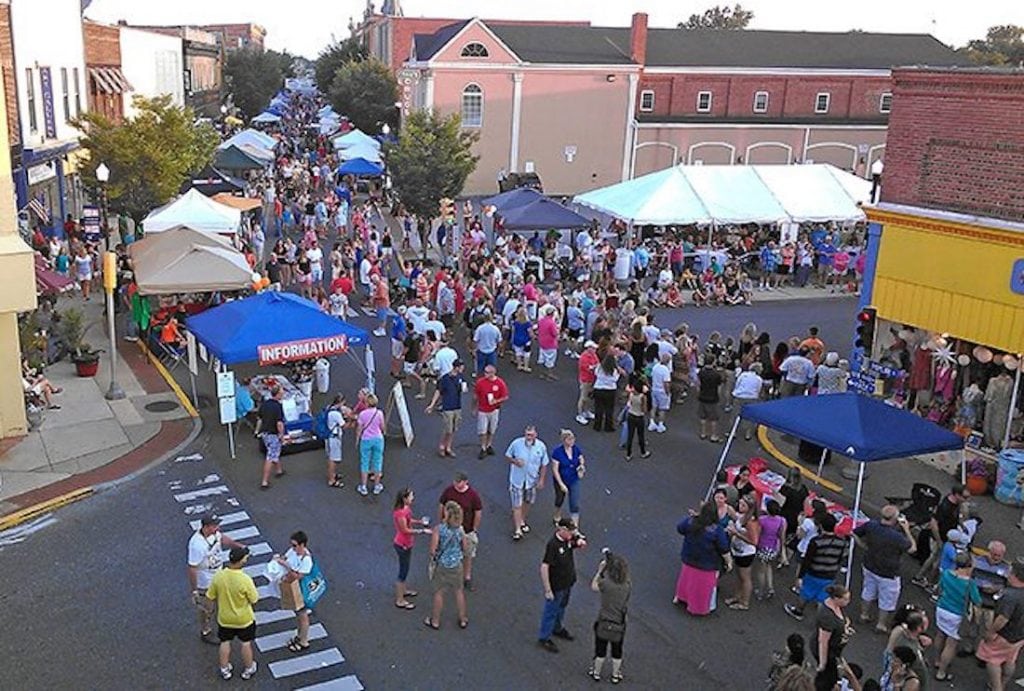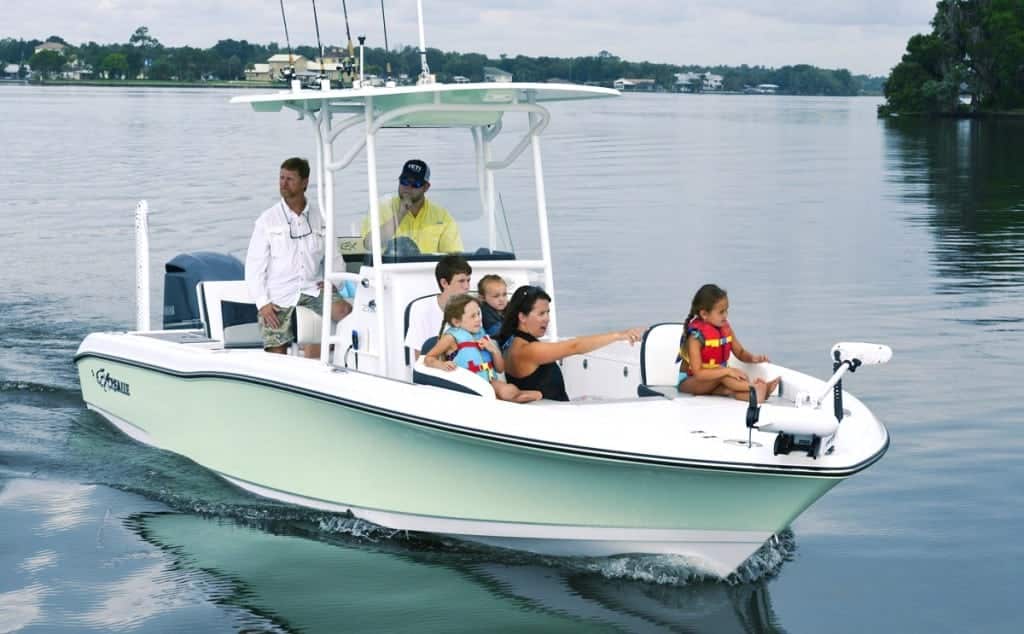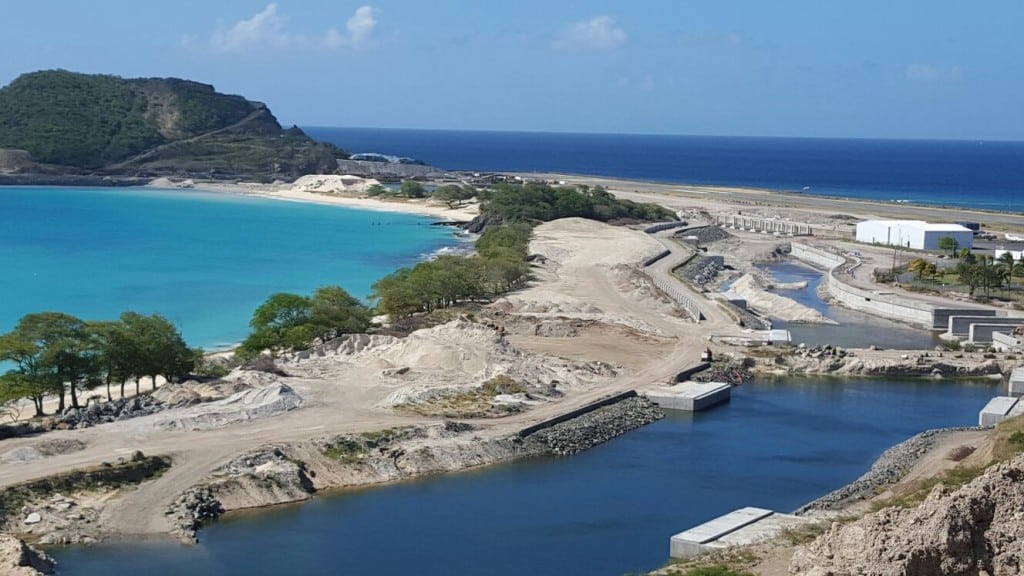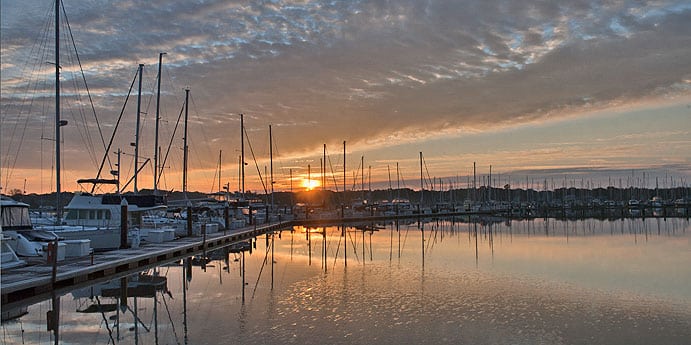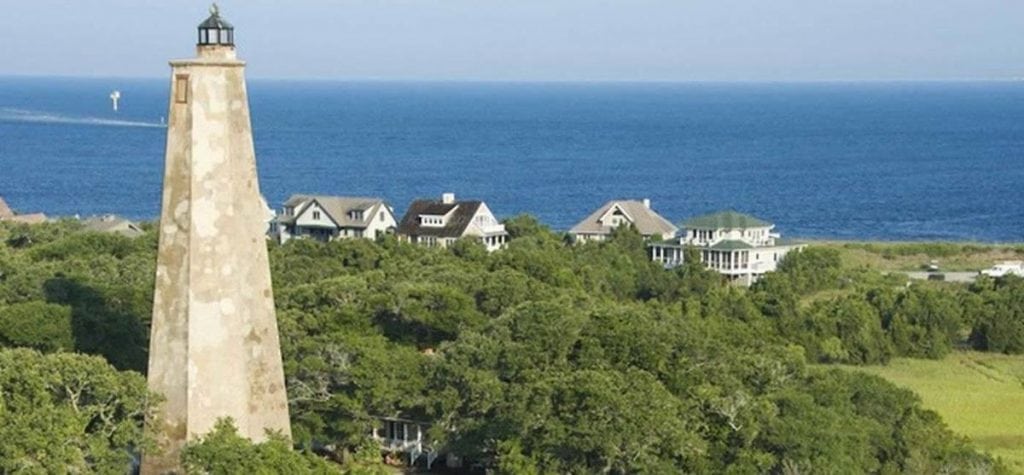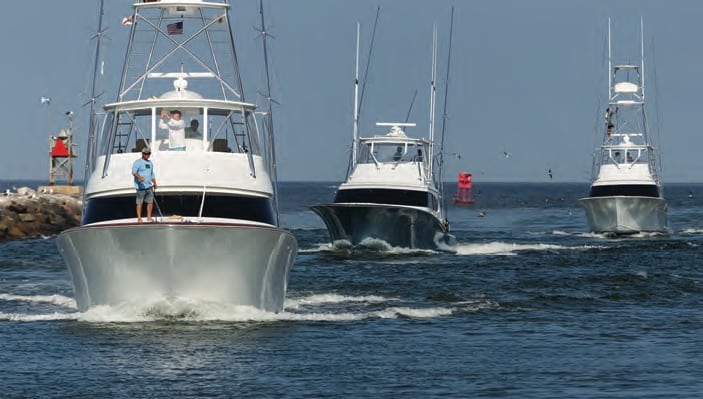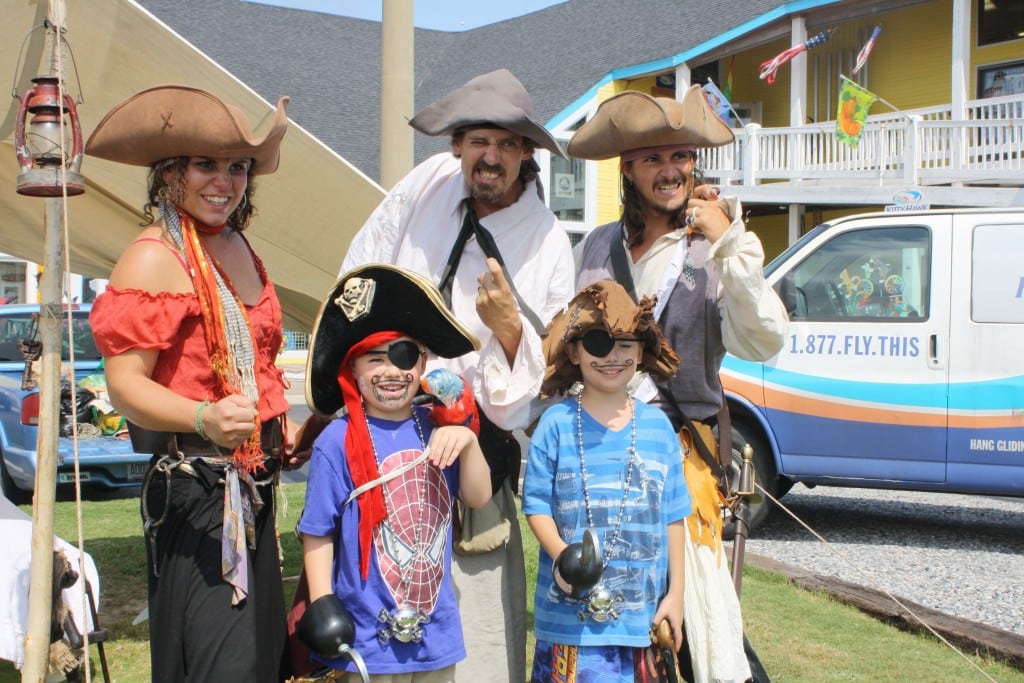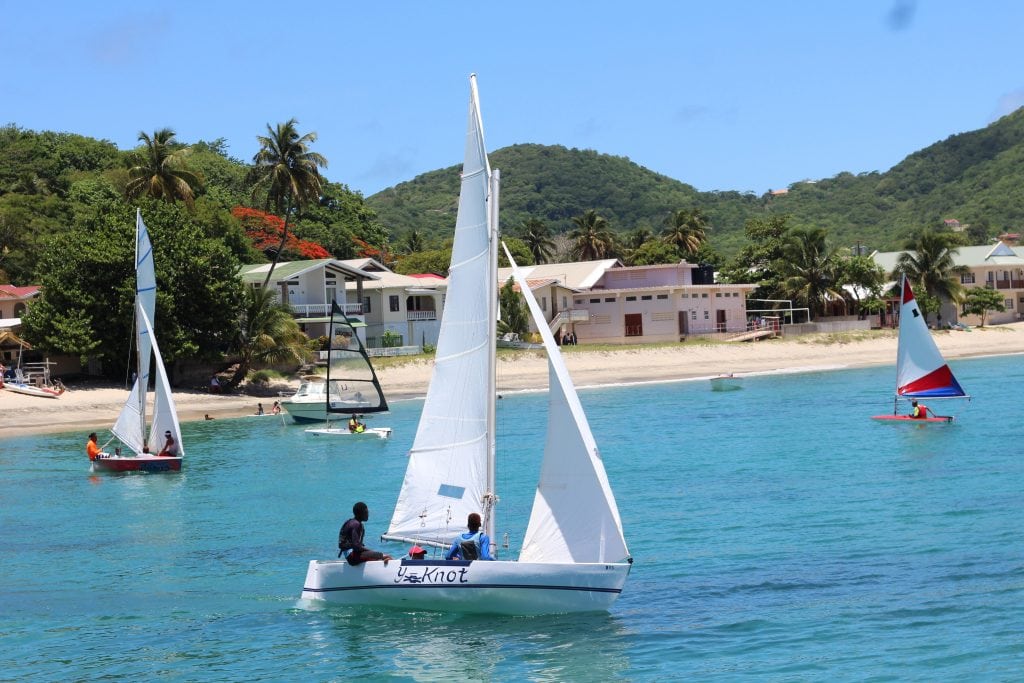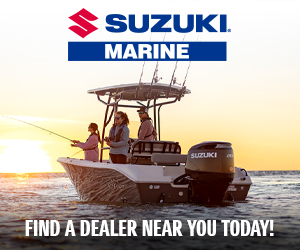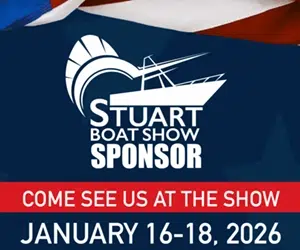Destinations
Destinations: Looking for information for your next cruising destinations? Whether you’re planning a sail in the Caribbean or summering in Newport, our destinations resources will help you plan the perfect excursion. Our expansive cache of destination information includes Monthly regional reports filled with seasonal tips and travel itineraries, Local knowledge on great boating locales, Cruiser resources—complete with photos, Insider tips, marina information and more!
Hospitality division grows at IGY
EAT, DRINK AND BE MERRY will soon take on a whole new meaning at IGY Marinas. That’s because restaurants, hotels and resorts...
Read moreDetailsNorth Carolina boat shows
North Carolina boat shows are tough to beat. SEPTEMBER STARTS THE BIG BOAT SHOW SEASON in Newport, Rhode Island, but you...
Read moreDetailsSay Goobye to Summer in Cambridge, Maryland
Cambridge, Maryland bids adieu to summer with Summer Send-Off Festival The historic maritime town of Cambridge, Maryland, knows how to...
Read moreDetailsCrevalle Boats on the Middle River
Crevalle Boats now has a Northeast dealer at Tradewinds Marina near Baltimore. The dealership will off er three Mercury Verado-powered...
Read moreDetailsGlossy Bay Marina opens in Canouan
A new megayacht marina opens in Canouan Exploring the Grenadines just got easier with the recent opening of the Glossy...
Read moreDetailsCYCA Rendezvous at Osprey Point Marina
The Classic Yacht Club of America (CYCA) will hold its fourth rendezvous this season at the Osprey Point Marina on...
Read moreDetailsNational Lighthouse Day
August 7th commemorates the day in 1789 when our country’s first Congress created the U.S. Lighthouse Service. Signed into law...
Read moreDetailsVirginia Beach Billfish Tournament
THIS YEAR’S VIRGINIA BEACH BILLFISH TOURNAMENT (VBBT) takes place August 23-26. Registration is open from 4PM to 10PM on Wednesday,...
Read moreDetailsLake Okeechobee Construction
Boaters win some, lose some with Florida's State Budget FLORIDA GOVERNOR RICK SCOTT HAS ISSUED a modern-day record number of...
Read moreDetailsPirate Month in the Carolinas
“ARRGUST” is pirate month in the Carolinas with numerous buccaneer festivals to enjoy. Historically, North Carolina was the operating base for many privateers-turned-pirate....
Read moreDetailsBlue Holes
Natural Wonders: Dean's Blue Hole is a record-setter One of the best-known geographic features of the Out Islands is Dean’s Blue Hole. Located...
Read moreDetailsMoorings debuts Martinique Charters
The Moorings debuts a new Martinique Charters Experience LOOKING FOR A NEW FLAVOR in Caribbean chartering? Try the Martinique Rum...
Read moreDetailsCarriacou Regatta
Sloop, there it is at the Carriacou Regatta. Forget Fiberglass! If you’re looking for a fast and fun, modern day, wooden...
Read moreDetailsWhere to Dock in The Bahamas: A Cruising Guide
ABACOS Abaco Beach Resort & Boat Harbour Marina Marsh Harbour, Abaco abacobeachresort.com (242) 367-2158 Accommodations for vessels up to 200’...
Read moreDetailsAnchoring in The Bahamas
Sitting Pretty Anchoring in strong tidal currents Many areas in The Bahamas make tricky work of anchoring, especially where reversing...
Read moreDetails


